„The creation of specific narrative patterns for VR experience is a field of unexplored potential for authors or directors, and the literariness of VR content will orient itself towards novels than with drama.“
Marcus Josef Weiss
THE EXAMINATION OF 360 ° VR FOR LITERARY MATERIAL AND CONCEPT
OF A THEATRICAL GENRE
(MARCUS JOSEF WEISS)
The artistic starting hypothesis of the research project was that the sensibility as well as the content and aesthetic benefits of the 360 ° VR medium for the theatre can be effectively represented on the basis of a specific literary quality. According to the hypothesis, these experiments have the potential to expand the theatre by adding the dimension of narrative patterns and forms of staging.
There were two defining parameters for this. One formal and one with regards to content.
On the formal level, basic texts were drawn up that were written in form of a literary report and the narrative perspective of which was always filtered by one’s own subjectivity. The variability and fluctuation of the review (at the same time central component of the literary fascination) is in direct analogy to the range of experiences of applied XR technology.
On the level of content, all basic texts are guided by the same dramatic premise. Both ‘The Fall’ (Albert Camus), ‘Homo Faber’ (Max Frisch) and ‘The Demons – Stawrogins Confession’ (Fjodor Dostojewski) describe the protagonist’s search for forgiving salvation with a high degree of psychological precision and guide the sentient subject into the state of consciousness of metanoia, the deepest and immediate regret in the face of death.
A unifying literary premise could be summarized as: Regardless of the degree of repression of guilt, the striving of essence and consciousness for self-cleaning is inevitable.
The first series of experiments led to the realization that the aesthetic and substantive theories of Expressionism of the 20th century (in this contextualization) form a valuable reference for the implementation and integration of ‘subjective glasses’ in theatrical forms.
The overall evaluation of these first findings was reflected in the fragment ‘Nachtgerüche’ (Night Odors), which premiered in cooperation with the Volkstheater Vienna at the festival ‘Die Kunst der Nachbarschaft’ (The art of neighborhood). The festival itself was then awarded the Dorothea Neff special prize for cross-border theatre work.
On this basis, the focus was placed on experimental planning, dramatization and implementation of the postulated narrative patterns and forms of staging.
The resulting experiment is a fully dramatized and staged theatrical prototype, entitled ‘ÆON’, which premiered on May 31 on the main stage of the Volkstheater Vienna.
It seems to make sense to examine the development process of ÆON from both dramatic and staging perspective.
ÆON – Transcending the ‘I’ – The dramaturgical experiment from an author’s perspective
The starting point for the dramatic considerations was to disassemble the first-person narrator, or more precisely: the self-perceiving and reflecting text-‘I’ and split it into its opposing forces and mechanisms of action.
A context has been created for the inner psychological processes of repression, about (forced) awareness and the search for absolution. This is the basis for a dramatic-scenic course.
The fragmentation and character-specific personification of the perceptual functions of a protagonist’s consciousness does not only seem to be a narrative strategy that meets the demands and requirements. It is also a logical analogy to the ambivalent questions concerning the benefits and disadvantages of immersive VR media, especially since ÆON allows you to experience in a larger scale the deep layers of psychic experience that the use of this technology penetrates.
Based on the hypotheses of the PEEK research project, ÆON is therefore: “Wearable Theater. The Art of Immersive Storytelling” a drama about the conflict potential of the individual (protagonist), told from the perspective of his inner self.
ÆON – Transcending the ‘I’ – The theatrical experiment from a director’s perspective
If, as is the case in ÆON, the overall consciousness of the protagonist, the inner ‘I’ – is dissolved, it needs a clear connection for this theatrical implementation of this dissolving and disintegrating process, to the universe of physically real theatre, to the effect of the drama to be able to develop.
The outcome of this are directing considerations that were guided by a single question: “What if the entire theatre, in the entirety of its (physical) functions and spatial structures, were an analogy for human consciousness?”
“What if the VR perspective were an elementary catalyst for connecting these spatial structures and scenic interactions?” In terms of staging, the task now was to disassemble the entirety of the theatrical space as a self-networked organism, to organize it as such, and then to dissolve and re-connect this organization using the staged story arc.
Analogies of theatrical spatial units were found for these interactive interactions of the individual ‘I’s’, and related to each other.
The following analogy was ultimately used as the foundation of the overall spatial structure for the staging of ÆON:
The sub-stage and the mechanical apparatus of the rotating stage construction are analogous to the human subconscious. (Brain frequency theta vibration; oscillating between 4-6 Hz)
The main stage and the entire lighting for the central perspective was implemented in analogy to daytime consciousness. (Brain frequency beta 14 Hz to 30 Hz high beta)
The transformation and refinement of daytime consciousness into dream consciousness was staged via the expansion of the action into the auditorium and the further refinement and elevation into the guessing / visioning-me to the moving ceiling firmament of the theatre. (Brain frequency gamma 48 Hz)
CONSIDERATIONS about the DRAMATIZATION of “The Fall”
(AUTHOR’S STATEMENT)
- The 360° stage version examines the dramatic potential of spatial interaction.
- The protagonist’s tightly wound mainspring gains expressiveness (potentially), when the character Johannes Clamans – male in the original context – is reconceived as a female character.
- We call her: Johanna Clamans, a former star attorney in Paris, living at the Place Saint Michel, after a traumatic experience which destroyed her perfectly staged, bourgeois self-perception she takes cover in a high-class brothel, aiming to follow her new mission: to uncover double moral standards. A character with unusual and very high potential for conflict.
- The inexcusable nature of one’s own guilt and the chosen mechanism of self-humiliation imposed in order to avoid the reflection of the delusional, narcissistic male world, seems to me to be a fascinating and surprising idea, which lends many areas of the story an interesting topicality, without affecting its content or emotional expressiveness.
ONLINE PLATFORMS
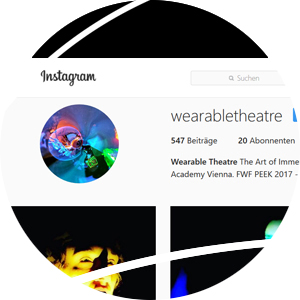 |
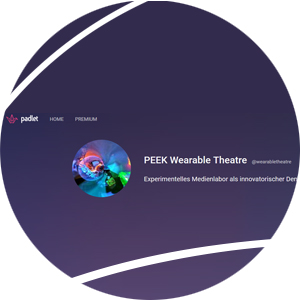 |
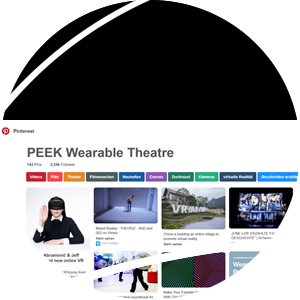 |
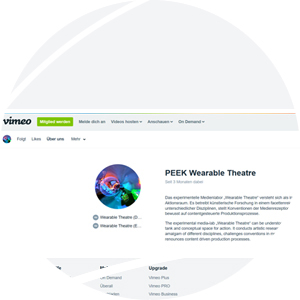  |
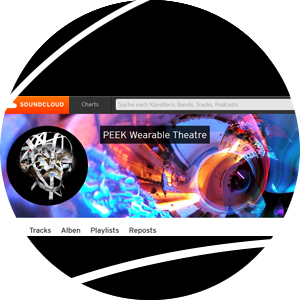  |
 |
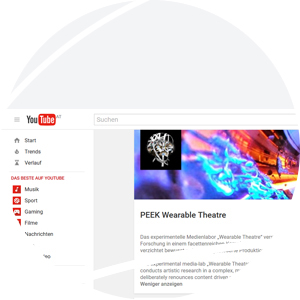 |
| instagram.com | padlet.com | pinterest.at | sketchfab.com | soundcloud.com | vimeo.com | youtube.com |
